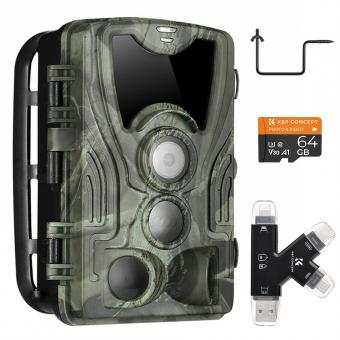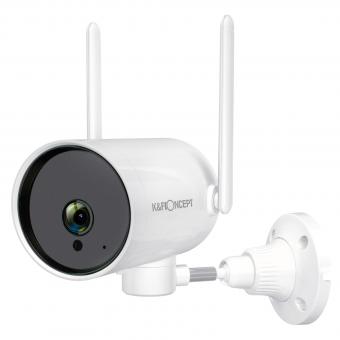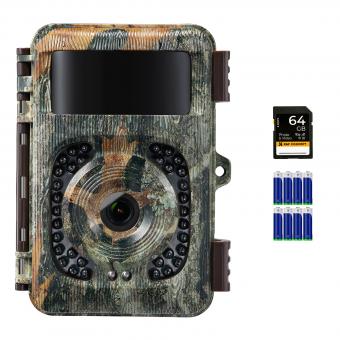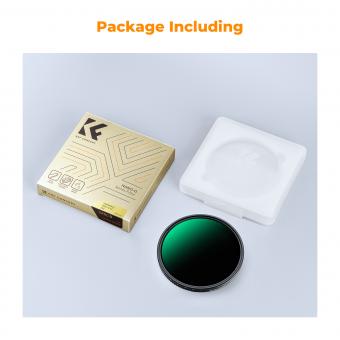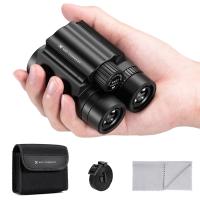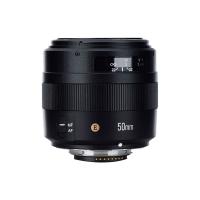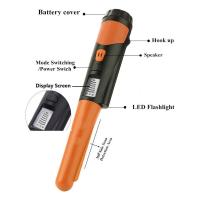How To Connect Xvim Cameras To Wifi ?
To connect Xvim cameras to WiFi, follow these steps:
1. Ensure that your Xvim camera is powered on and connected to a power source.
2. Download and install the Xvim app on your smartphone or tablet from the App Store or Google Play Store.
3. Open the Xvim app and create an account if you don't have one already.
4. Tap on the "+" icon or the "Add Device" option in the app to start the setup process.
5. Select the "WiFi Configuration" option and choose your WiFi network from the list.
6. Enter your WiFi password and tap "Next" to proceed.
7. Wait for the camera to connect to your WiFi network. This may take a few moments.
8. Once the camera is successfully connected, you will be able to view the live feed and access other features through the Xvim app.
Note: It's important to ensure that your WiFi network has a stable and strong signal in the area where the Xvim camera is installed to ensure a reliable connection.
1、 Xvim camera setup process for connecting to WiFi network
To connect Xvim cameras to WiFi, follow these steps:
1. Ensure that your Xvim camera is powered on and connected to a power source.
2. Download and install the Xvim camera app on your smartphone or tablet. The app is available for both iOS and Android devices.
3. Open the app and create an account if you don't already have one. Log in to your account.
4. Tap on the "Add Device" button in the app and select the option to add a new camera.
5. Connect your smartphone or tablet to the WiFi network that you want to connect the Xvim camera to.
6. Follow the on-screen instructions in the app to put the camera into pairing mode. This usually involves pressing a button on the camera or scanning a QR code.
7. Once the camera is in pairing mode, the app will detect it and prompt you to enter the WiFi network name and password.
8. Enter the WiFi network details and wait for the camera to connect to the network. This process may take a few minutes.
9. Once the camera is connected to the WiFi network, you can access the live feed and control the camera through the app.
It's important to note that the exact steps may vary slightly depending on the specific model of Xvim camera you have. It's always a good idea to consult the user manual or contact Xvim customer support for any specific instructions related to your camera model.
Additionally, make sure that your WiFi network has a strong and stable signal in the area where you plan to install the camera. This will ensure a reliable connection and smooth operation of the camera.
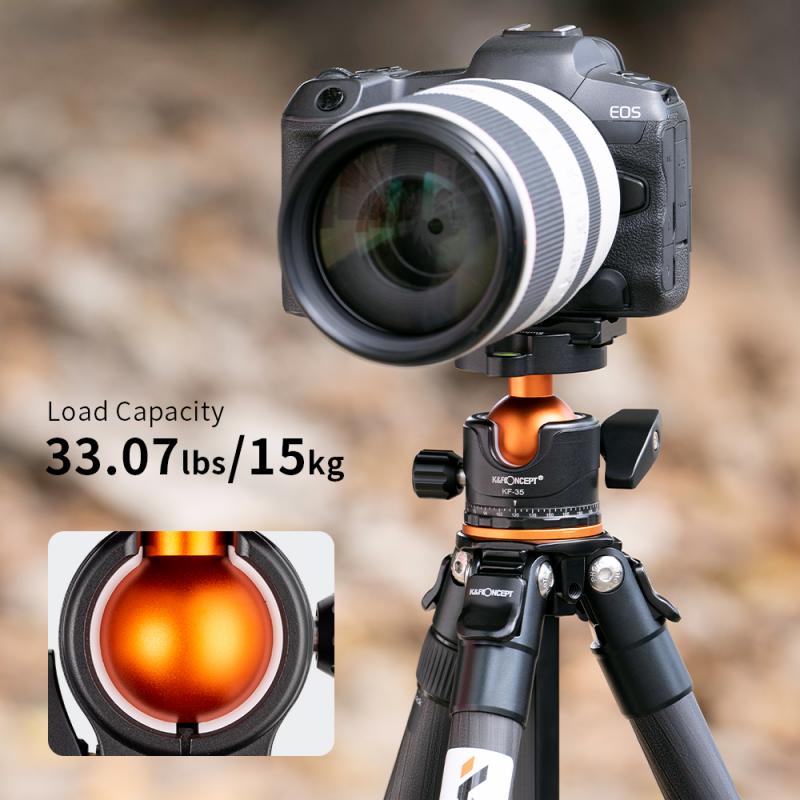
2、 Configuring WiFi settings on Xvim cameras for wireless connectivity
Configuring WiFi settings on Xvim cameras for wireless connectivity is a straightforward process that allows you to monitor your premises remotely. Here's a step-by-step guide on how to connect Xvim cameras to WiFi:
1. Ensure that your Xvim camera is powered on and connected to a stable power source.
2. Download and install the Xvim camera app on your smartphone or tablet. The app is available for both iOS and Android devices.
3. Open the app and create an account if you don't have one already. Log in to your account.
4. Tap on the "Add Device" or similar option in the app to start the setup process.
5. Connect your smartphone or tablet to the WiFi network you want to use for your Xvim camera.
6. Follow the on-screen instructions in the app to scan the QR code on the camera or manually enter the camera's serial number.
7. Once the app recognizes the camera, it will prompt you to enter the WiFi network name (SSID) and password. Enter the details correctly and tap "Next" or a similar option.
8. The app will now attempt to connect the camera to the WiFi network. This process may take a few minutes, so be patient.
9. Once the camera is successfully connected to the WiFi network, you will receive a notification or see a confirmation message in the app.
10. You can now access your Xvim camera remotely through the app using your WiFi network.
It's important to note that the exact steps may vary slightly depending on the specific model of your Xvim camera and the version of the app you are using. Always refer to the user manual or online resources provided by Xvim for the most accurate and up-to-date instructions.
By following these steps, you can easily configure the WiFi settings on your Xvim camera and enjoy wireless connectivity for remote monitoring.

3、 Step-by-step guide to connect Xvim cameras to a WiFi network
Step-by-step guide to connect Xvim cameras to a WiFi network:
1. Ensure that your Xvim camera is powered on and connected to a power source.
2. Download and install the Xvim camera app on your smartphone or tablet. The app is available for both iOS and Android devices.
3. Open the Xvim camera app and create an account if you don't already have one. Sign in to your account.
4. Tap on the "Add Device" button in the app and select "WiFi Configuration" from the options.
5. Connect your smartphone or tablet to the WiFi network that you want to connect your Xvim camera to.
6. Follow the on-screen instructions in the app to put your Xvim camera into WiFi configuration mode. This usually involves pressing a button on the camera or scanning a QR code.
7. Once your Xvim camera is in WiFi configuration mode, the app will detect it. Select your camera from the list of available devices.
8. Enter the WiFi network name (SSID) and password for the network you want to connect your Xvim camera to. Tap "Next" to proceed.
9. The app will now attempt to connect your Xvim camera to the WiFi network. This process may take a few minutes.
10. Once the connection is successful, you will receive a notification on the app confirming the connection. You can now access and control your Xvim camera remotely through the app.
It's important to note that the steps may vary slightly depending on the specific model of your Xvim camera and the version of the app you are using. Always refer to the user manual or the manufacturer's website for detailed instructions specific to your device.
In conclusion, connecting Xvim cameras to a WiFi network is a straightforward process that can be done using the Xvim camera app. By following the step-by-step guide provided, you can easily set up your Xvim camera for remote access and monitoring.
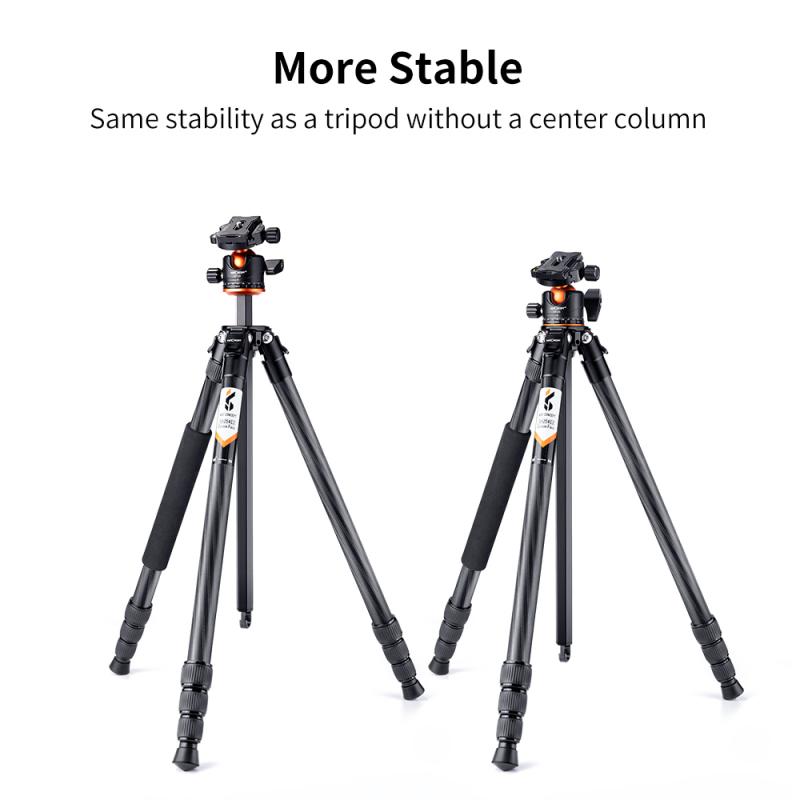
4、 Troubleshooting tips for connecting Xvim cameras to WiFi
Troubleshooting tips for connecting Xvim cameras to WiFi:
1. Ensure that your Xvim camera is compatible with WiFi connectivity. Check the camera's specifications or user manual to confirm this.
2. Make sure that your WiFi network is functioning properly. Check if other devices can connect to the network without any issues. If not, restart your router and try again.
3. Place the Xvim camera within range of your WiFi router. If the camera is too far away, it may have trouble establishing a stable connection. Consider moving the camera closer to the router or installing a WiFi extender to improve signal strength.
4. Double-check the WiFi credentials you are entering. Make sure you are entering the correct network name (SSID) and password. It's easy to make a typo or mistake when entering these details, so be careful.
5. Reset the Xvim camera to its factory settings. This can be done by pressing and holding the reset button on the camera for a few seconds. After resetting, follow the camera's setup instructions to connect it to WiFi.
6. Update the firmware of your Xvim camera. Manufacturers often release firmware updates to improve performance and fix bugs. Check the Xvim website or contact their customer support for the latest firmware version and instructions on how to update it.
7. If all else fails, consider contacting Xvim customer support for further assistance. They may have specific troubleshooting steps or be able to provide additional guidance based on the latest information available.
Remember, technology is constantly evolving, so it's always a good idea to check for the latest information and updates from Xvim or other reliable sources.



